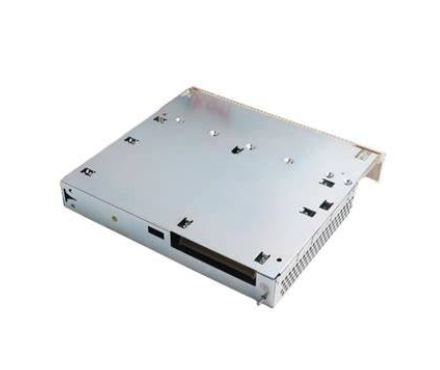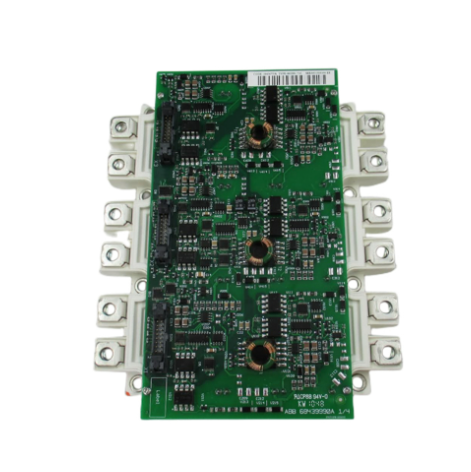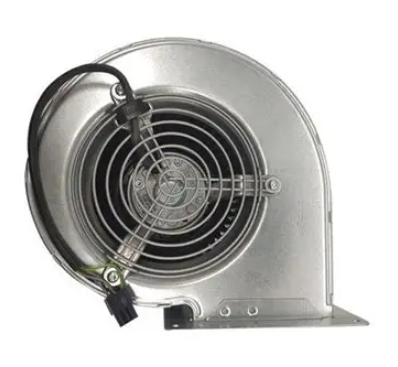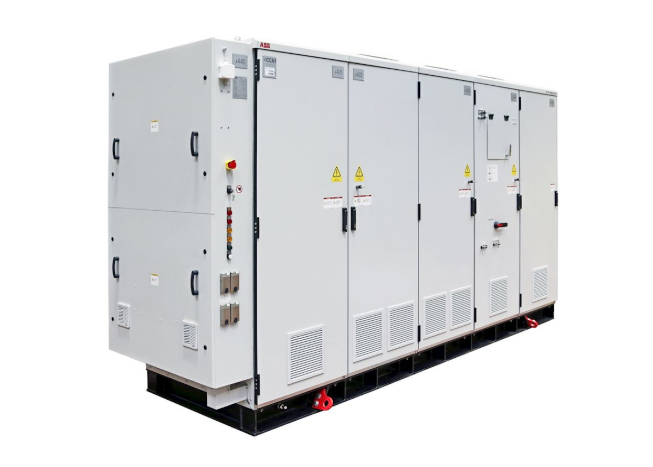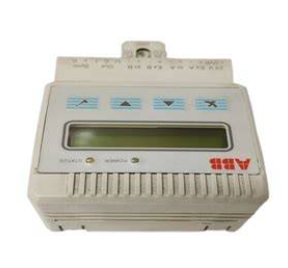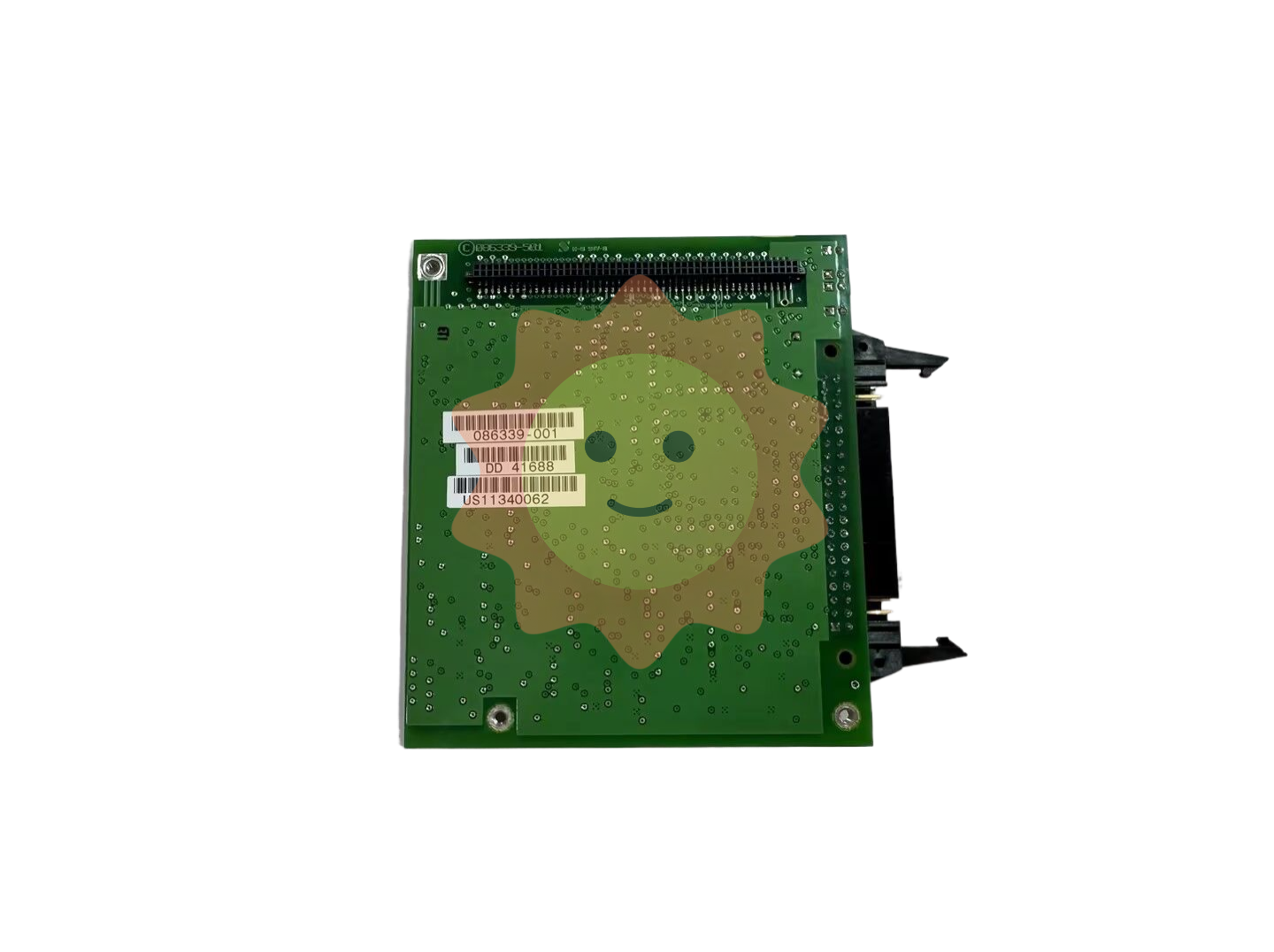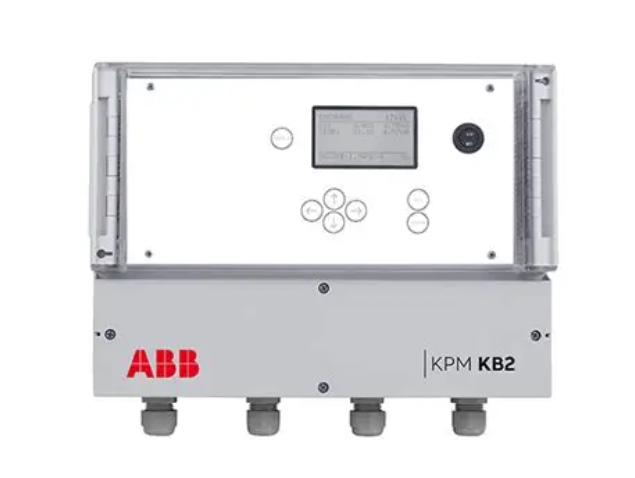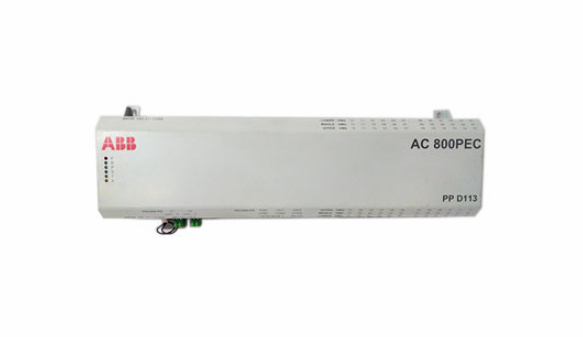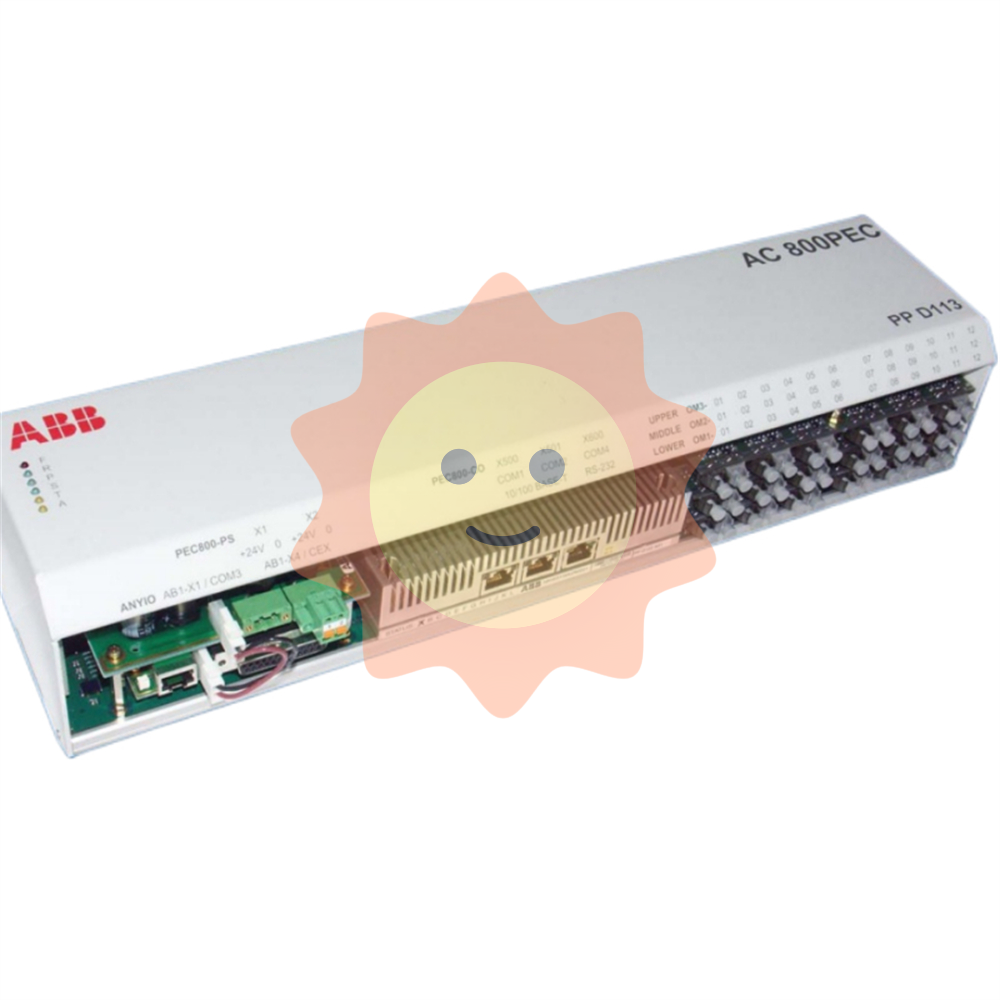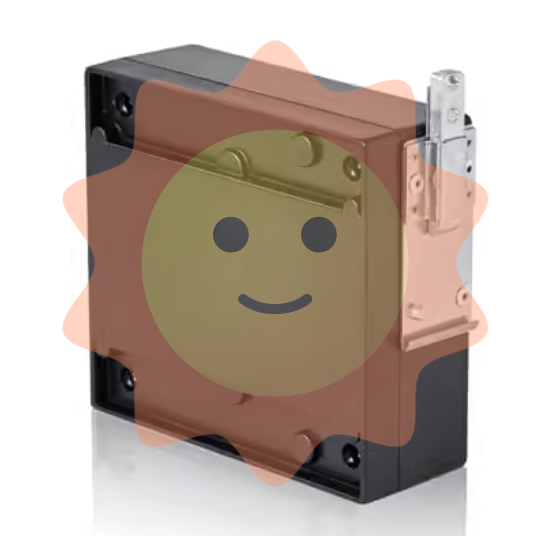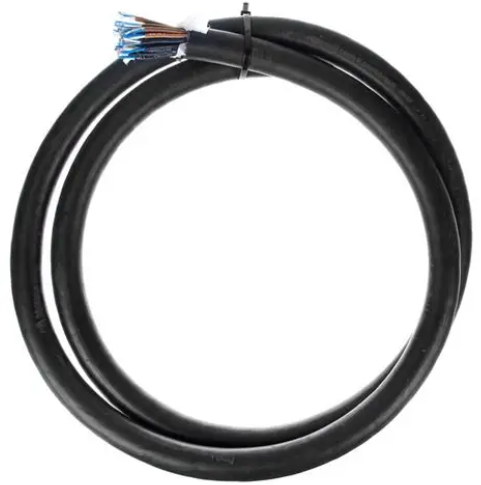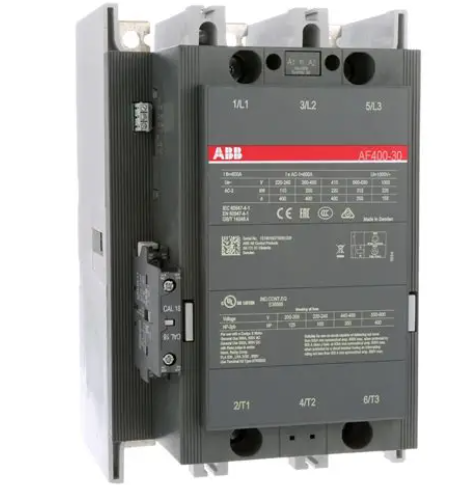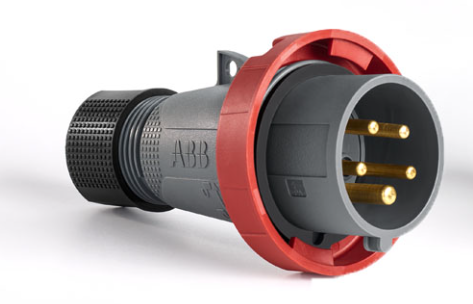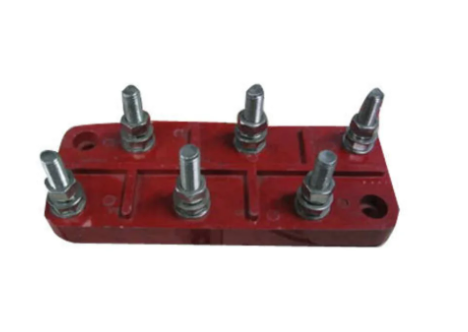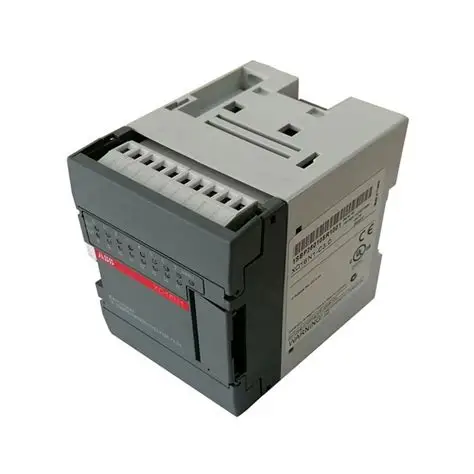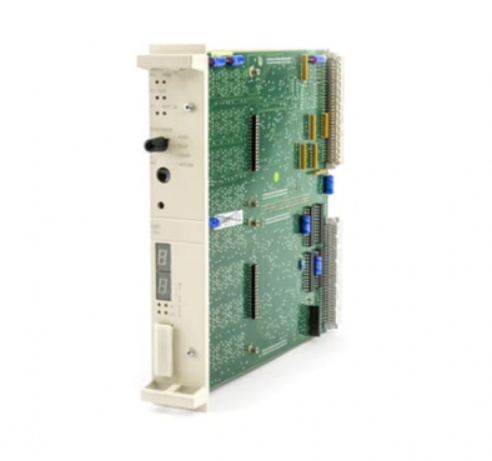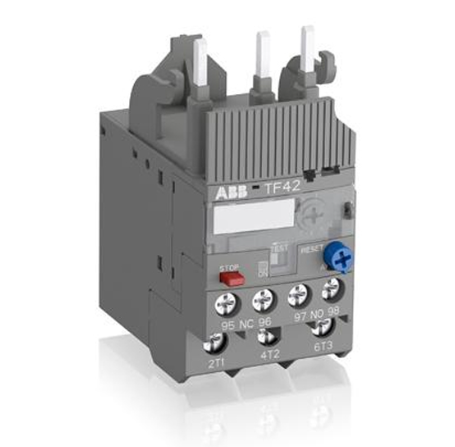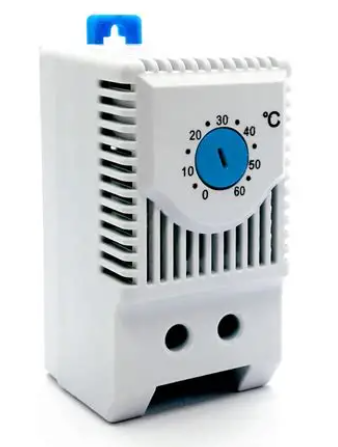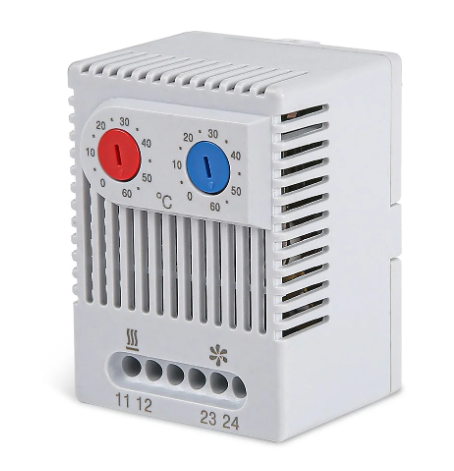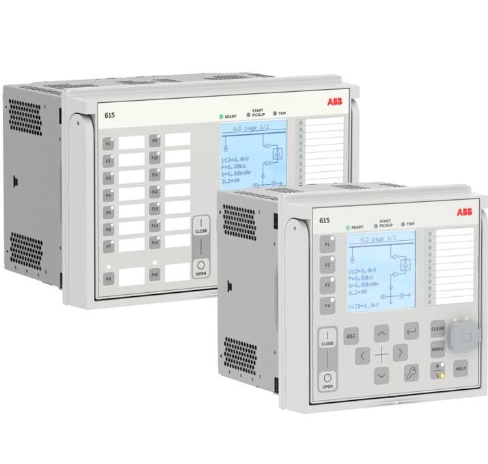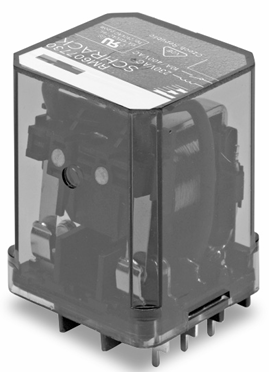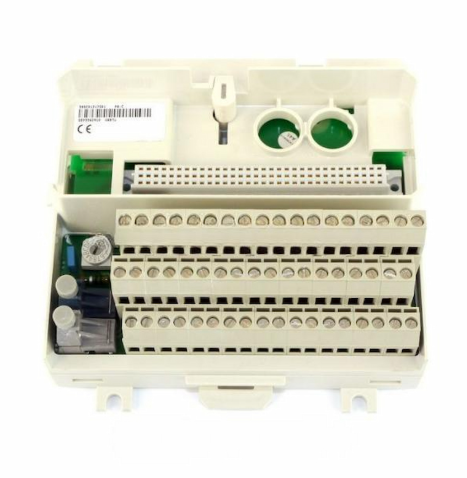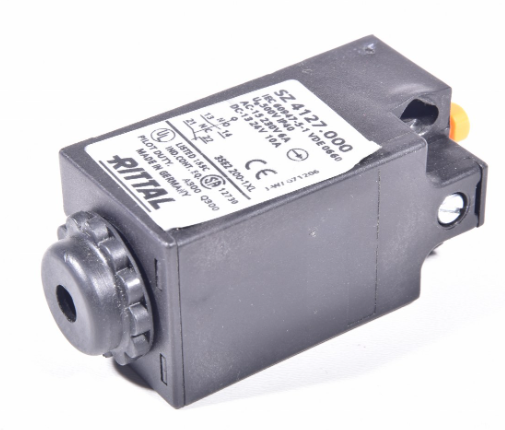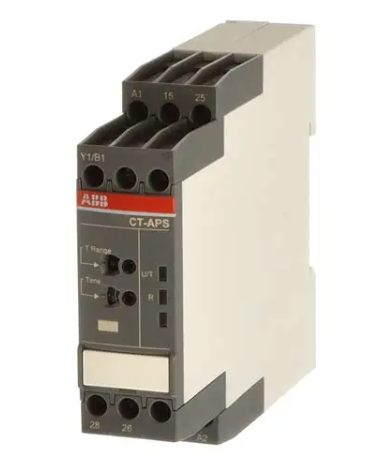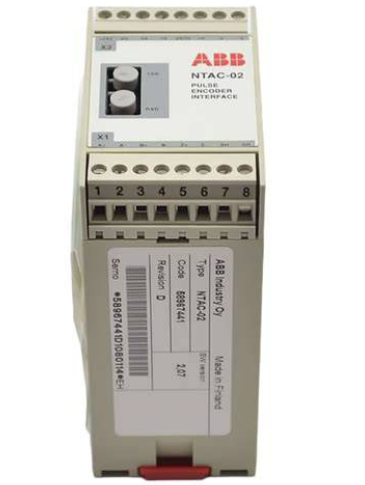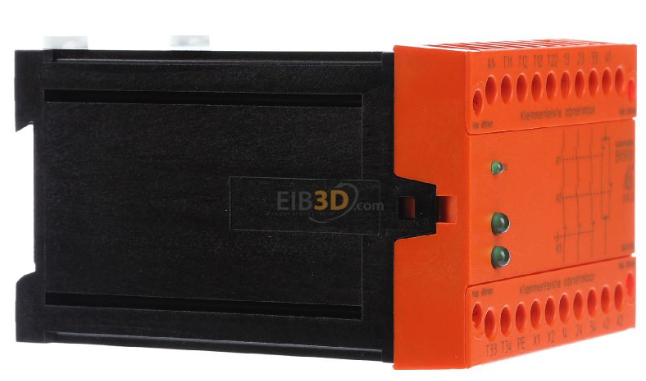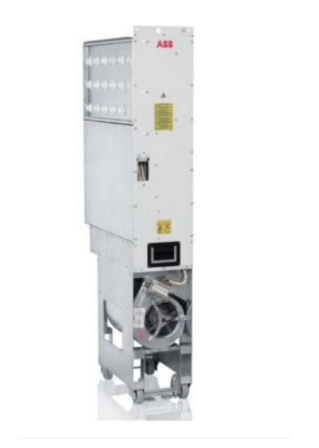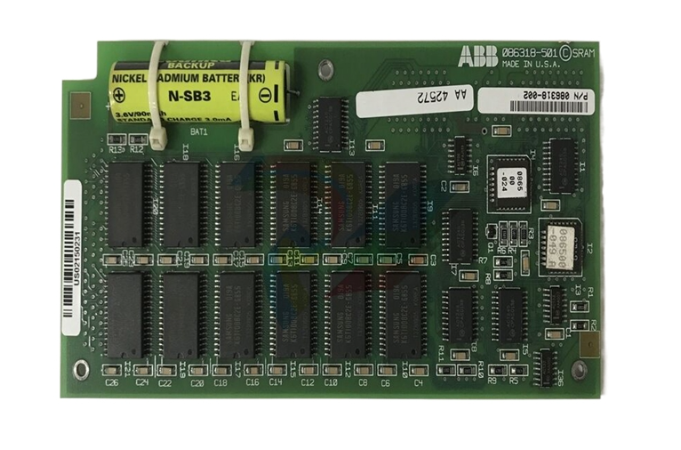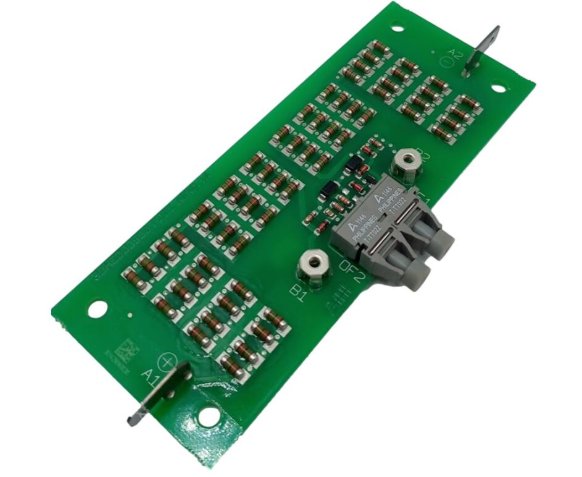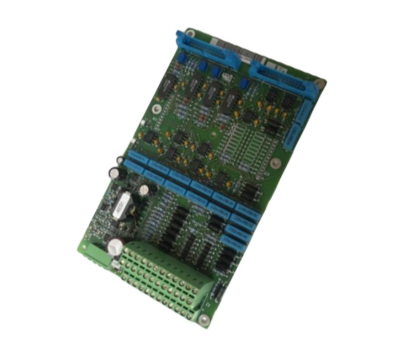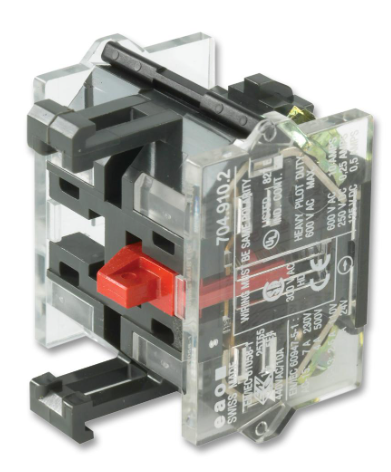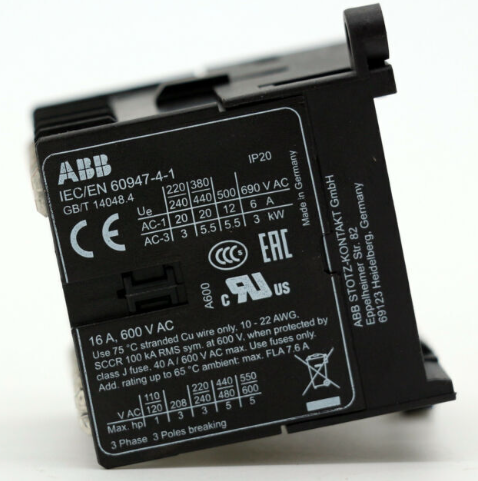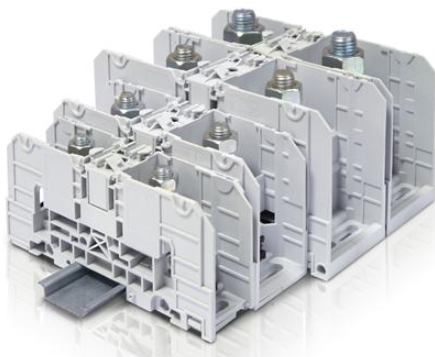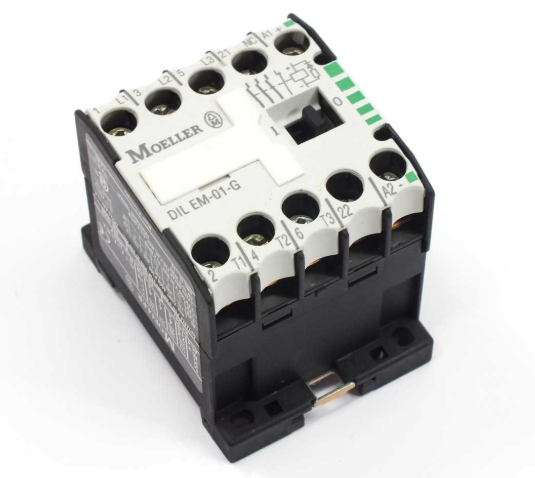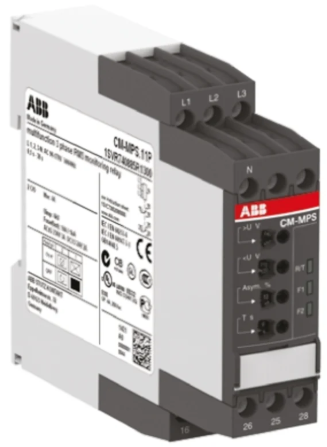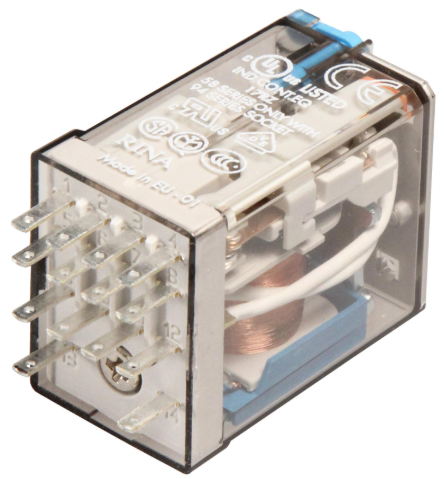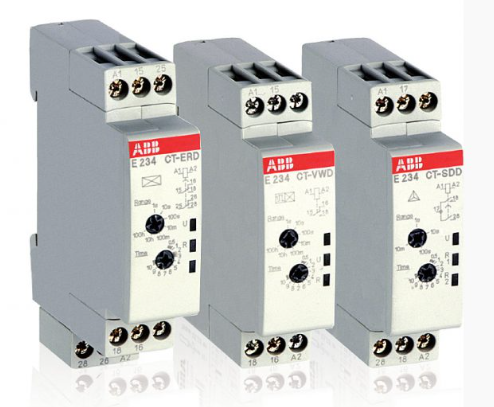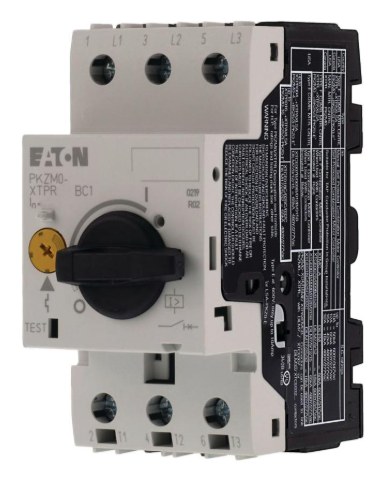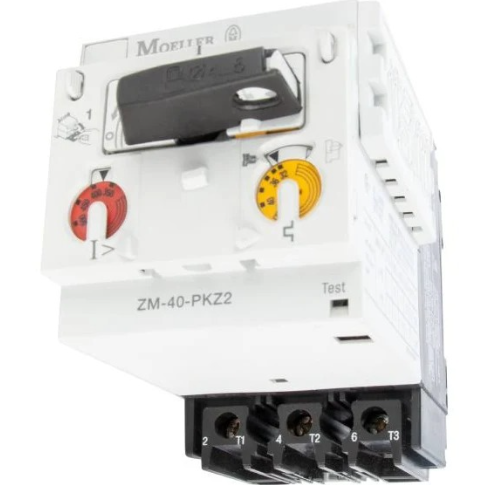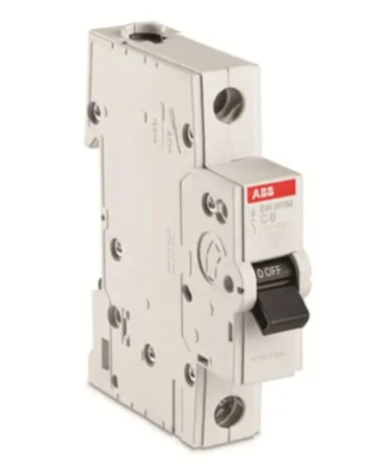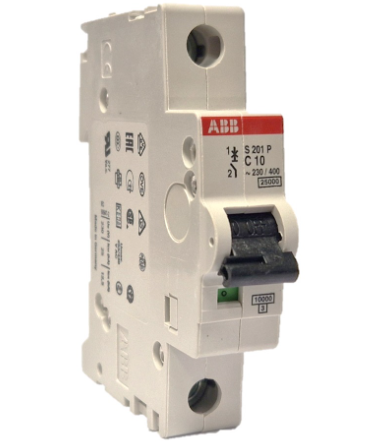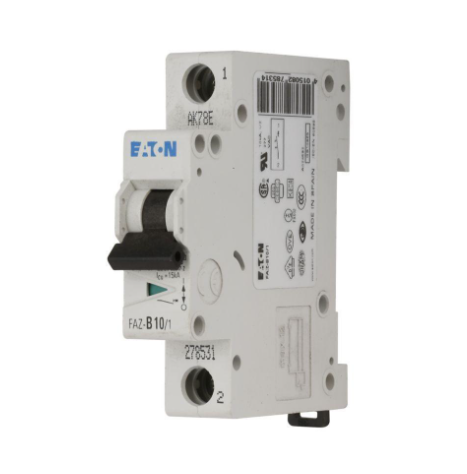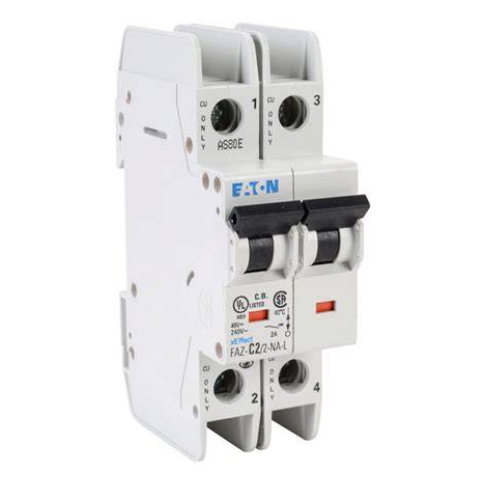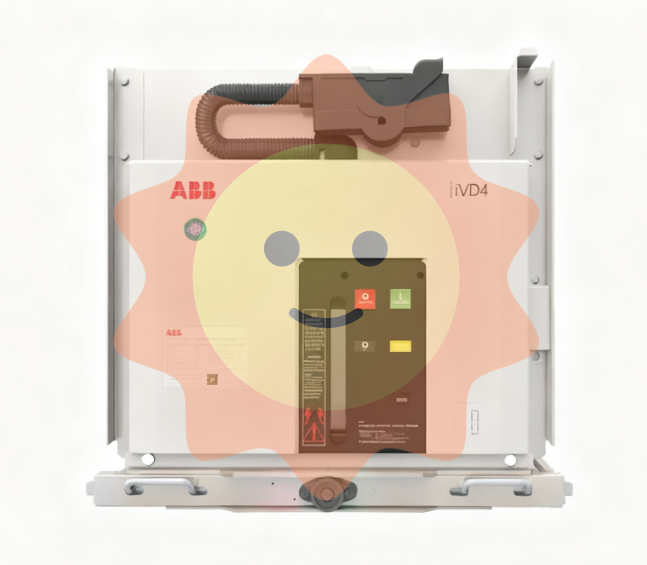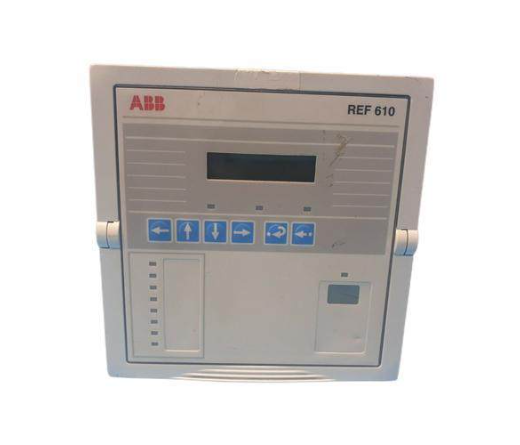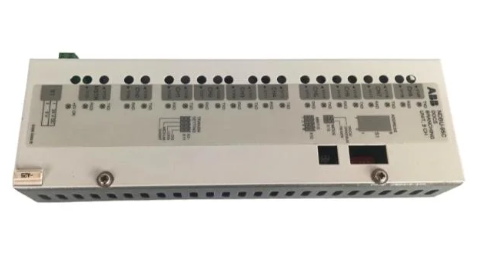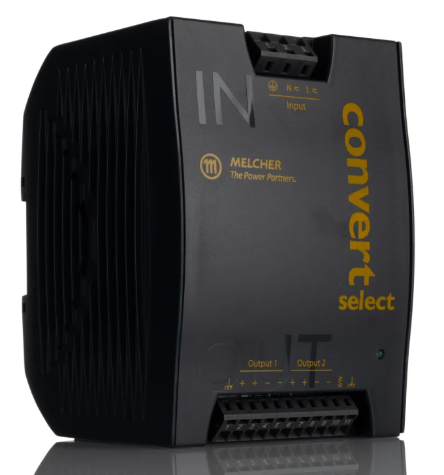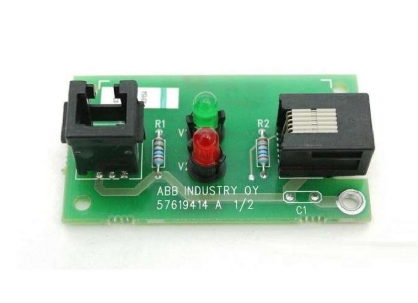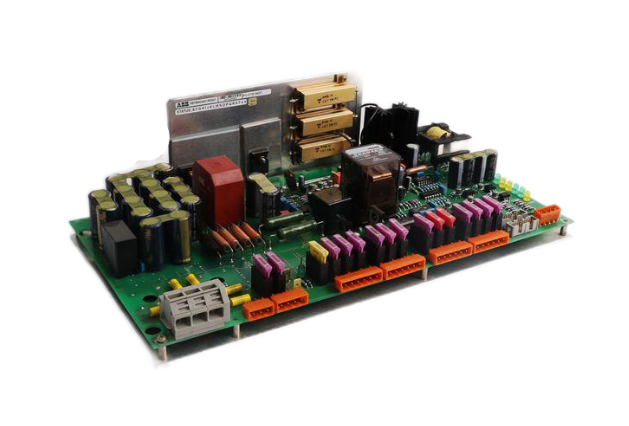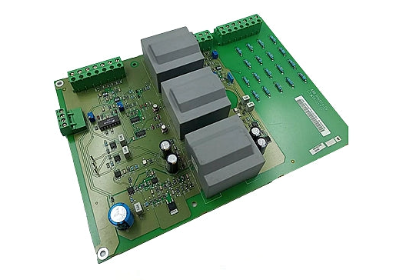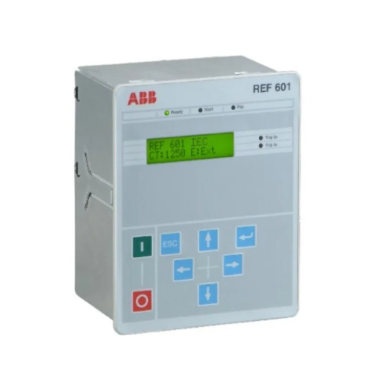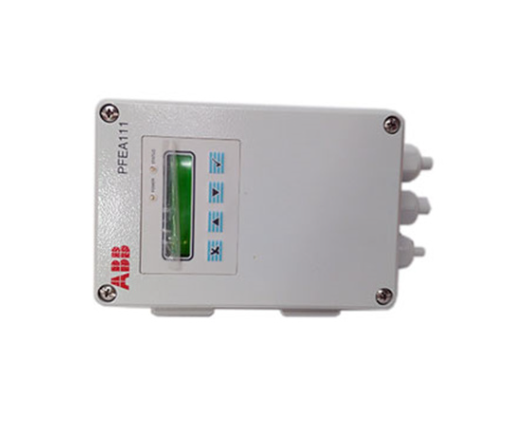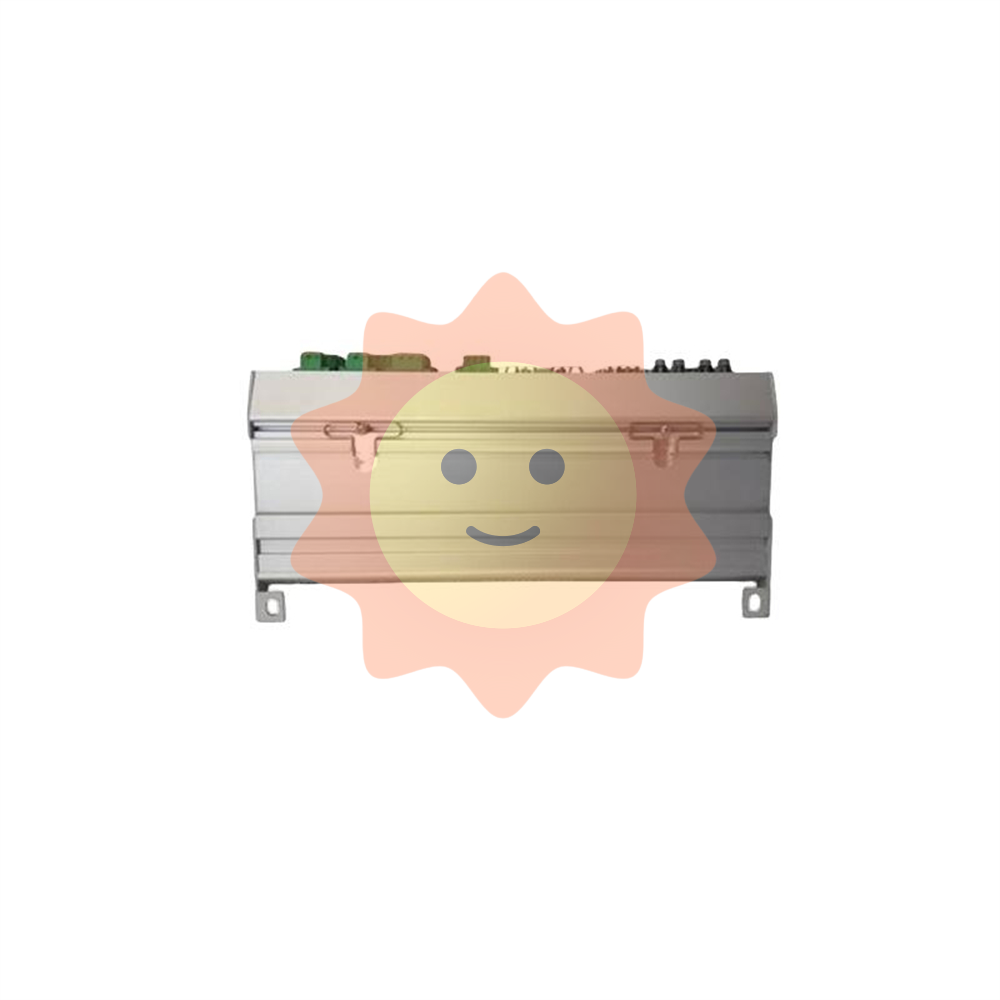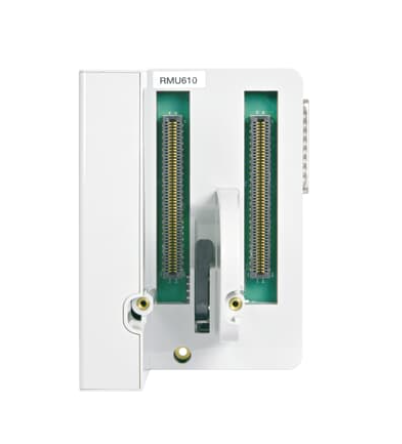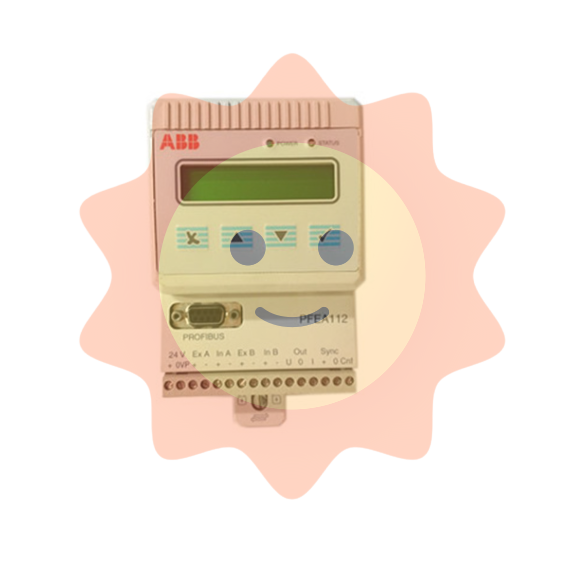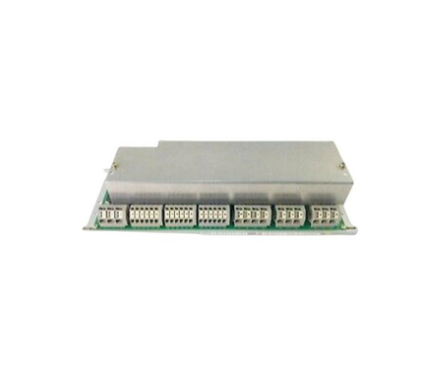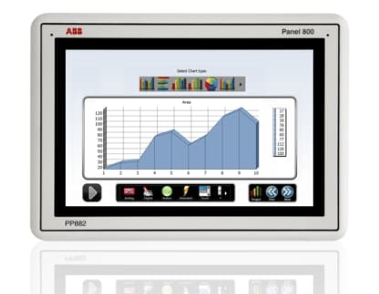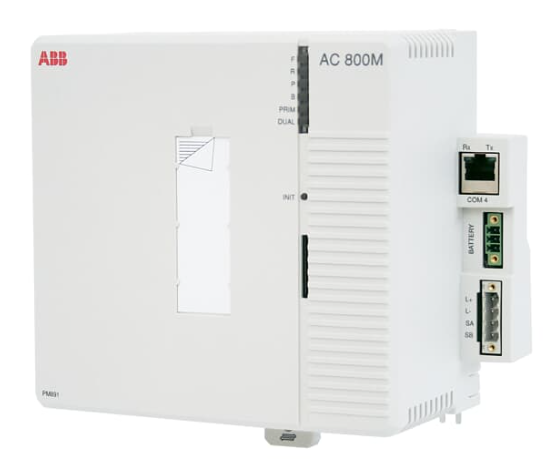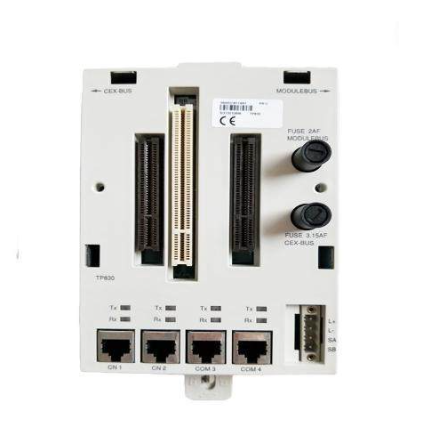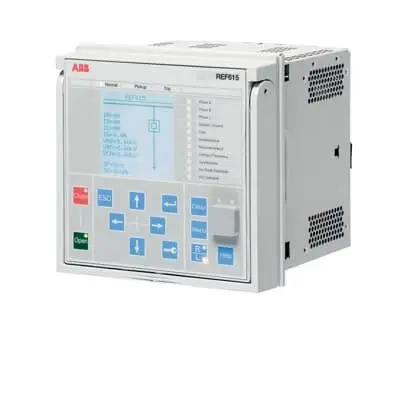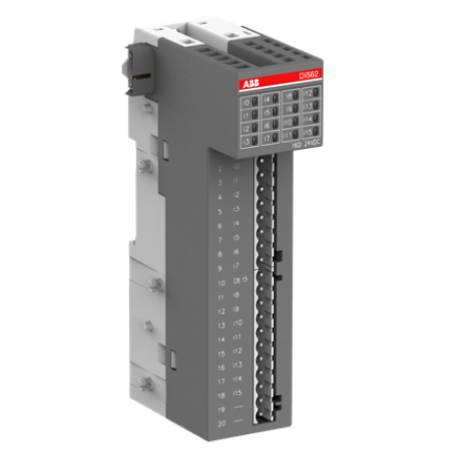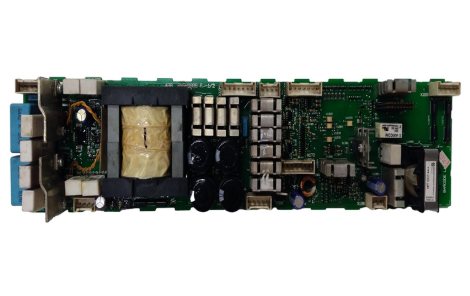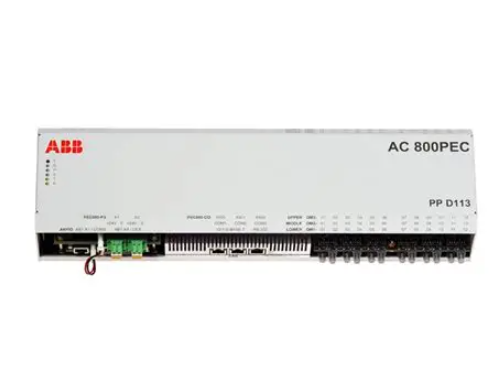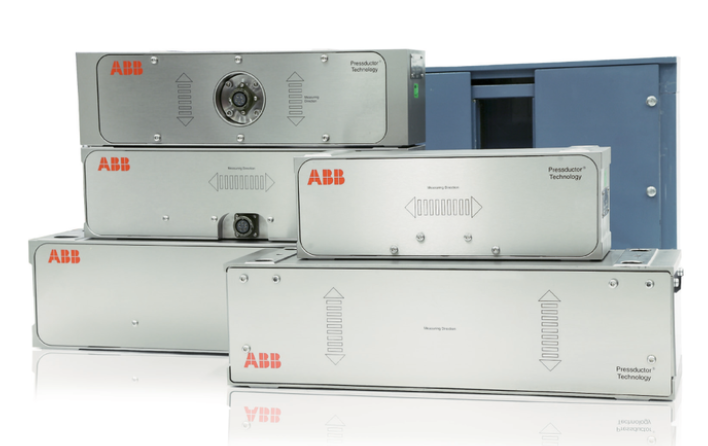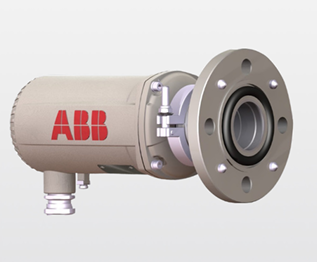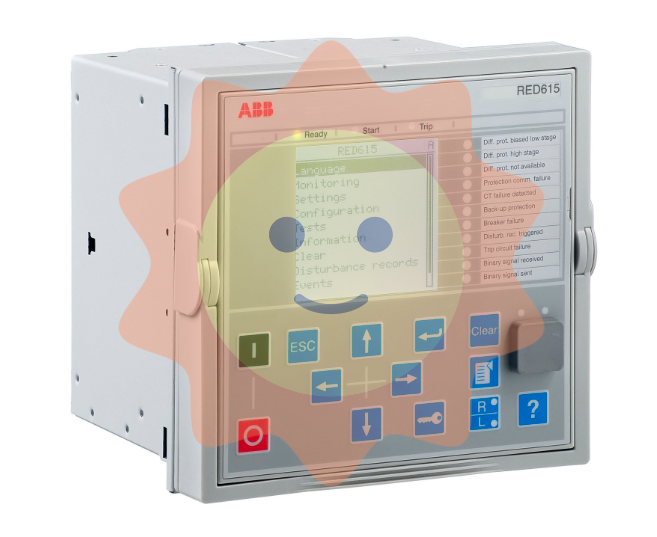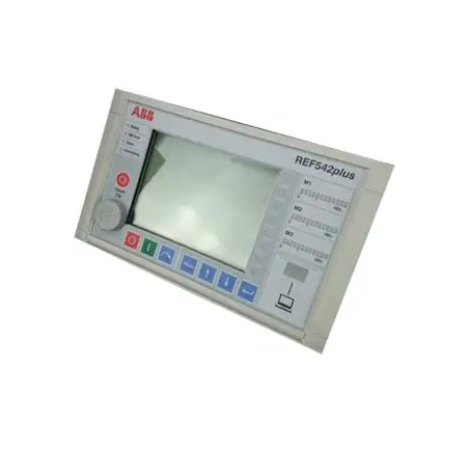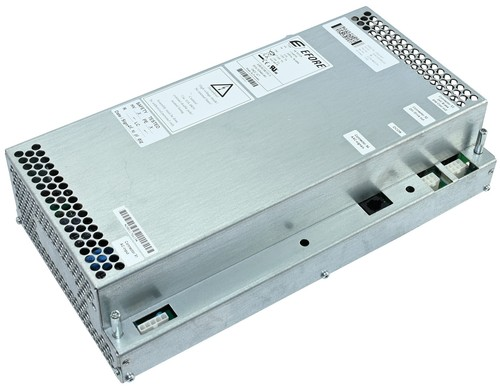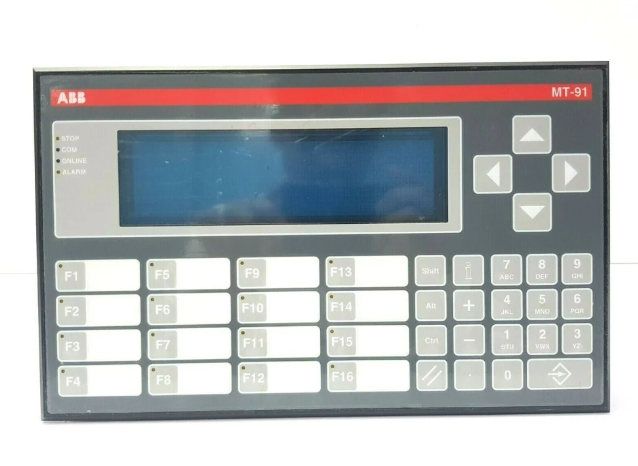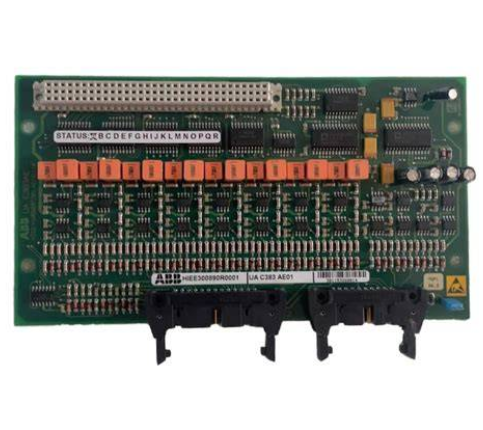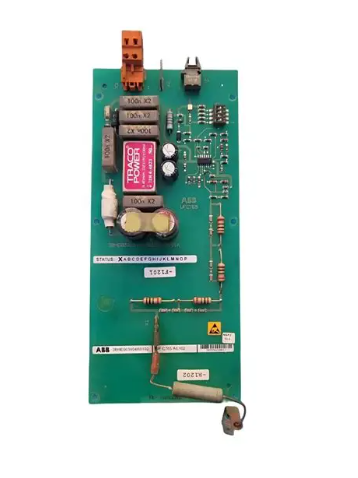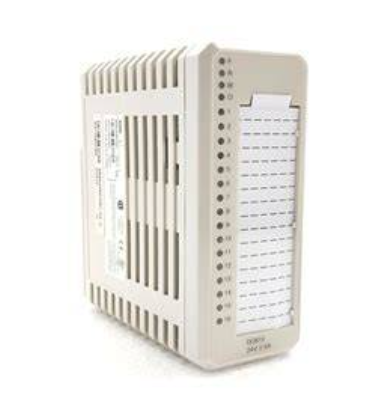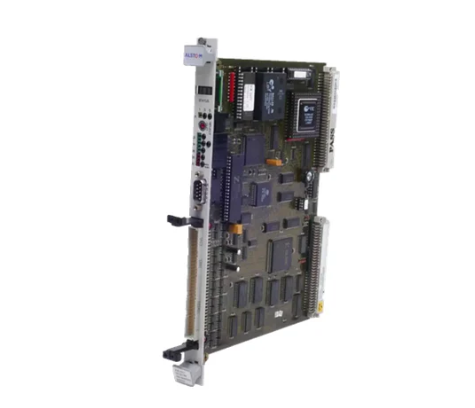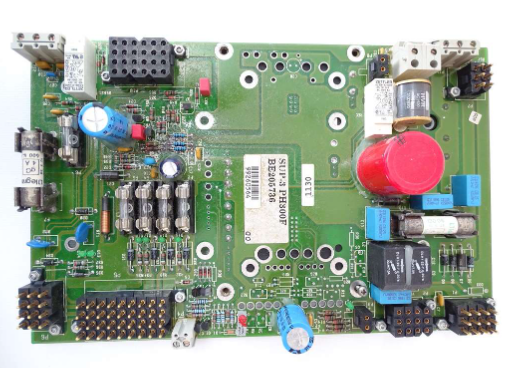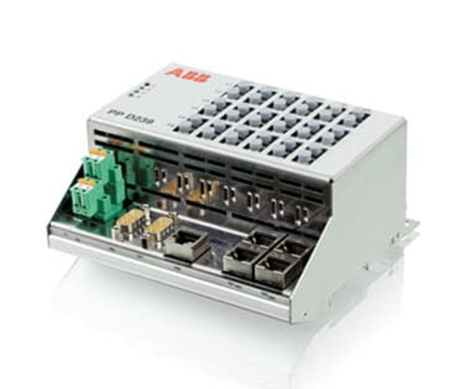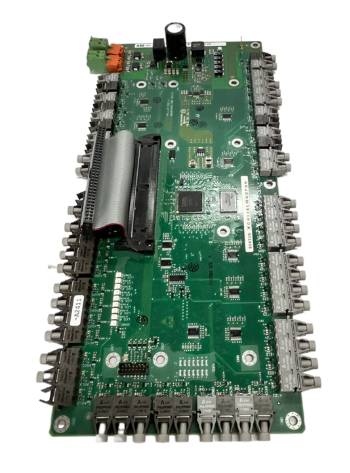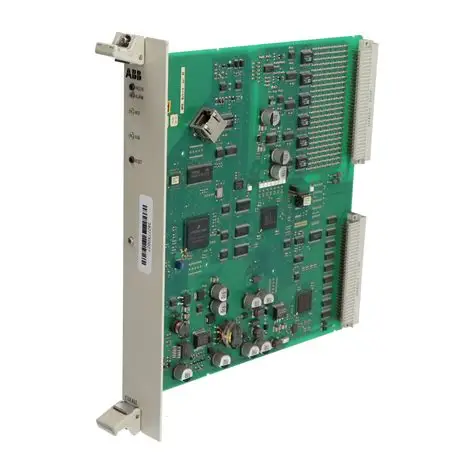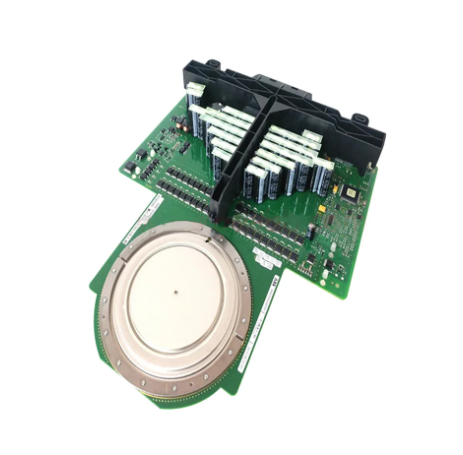ABB 086349-002 Industrial Control Circuit Board
ABB 086349-002 Industrial Control Circuit Board
Product Overview
ABB 086349-002 industrial control circuit board is a key hub in industrial automation control systems, just like the human nervous system, responsible for accurately processing and transmitting various control signals, ensuring the stable and efficient operation of the entire industrial production process. It can work collaboratively with various industrial equipment, playing an important role in precise control of equipment and system status monitoring in complex environments such as industrial automation production lines and process control systems.
Technical parameters
(1) Electrical parameters
Working voltage: Supports 220V AC voltage input, which is a common industrial standard voltage, making it easy to connect to most industrial power supply systems. Whether it is independently operated small industrial equipment or complex power supply networks in large factories, it can stably obtain electrical energy to ensure the normal operation of the control board.
Output frequency: With an output frequency of up to 60KHZ, a higher output frequency means that the control board can quickly respond to control instructions and perform precise high-frequency control of the equipment. In some industrial scenarios that require extremely high control speed, such as real-time control of high-speed automated mechanical equipment, it can ensure accurate and smooth operation of the equipment, avoiding production errors or equipment failures caused by control delays.
(2) Physical parameters
Size specifications: Although exact and unified information on specific dimensions has not been obtained yet, it is speculated from its application scenarios and the general situation of similar industrial control boards that its design will fully consider the limited space layout inside the industrial control cabinet, and most likely adopt compact and standardized external dimensions to facilitate flexible installation in various industrial equipment. For example, it may be similar in size to common industrial control boards, with length, width, and height within a certain standard range, making it convenient to combine and assemble with other equipment modules, improving the integration and space utilization of industrial control systems.
Weight: Due to the lack of clear data, referring to similar products, its weight should be relatively moderate, which can ensure that the control board has a certain stability after installation, will not cause shaking and affect performance during equipment operation due to being too light, and will not impose too much burden on equipment installation and maintenance due to being too heavy, making it convenient for technical personnel to carry, install, and perform subsequent maintenance operations.
(3) Environmental parameters
Working temperature range: capable of stable operation within the temperature range of -10 ° C to+50 ° C, this wide temperature design makes it suitable for industrial sites with various environmental temperatures. Whether it is outdoor industrial facilities in cold regions or factory workshops in high-temperature environments, such as steel smelters, glass manufacturing plants, etc., they can operate normally to ensure that industrial control systems are not affected by environmental temperature changes and continue to work stably.
Protection level: Although no exact protection level identification has been found, considering its industrial application properties, it is speculated to have a certain level of protection capability, such as possibly reaching IP20 or above protection level. This means that it can effectively prevent dust from entering the interior of the control board, providing certain protection for the internal precision circuits, reducing the probability of circuit short circuits, poor contacts, and other faults caused by dust accumulation, and improving the reliability and service life of the control board in industrial environments.
Functional characteristics
(1) Signal processing function
Input signal processing: This control board can efficiently receive input signals from various sensors, transmitters, and other devices, which may include electrical signals converted from various physical quantities such as temperature, pressure, flow rate, and position. The control board will perform a series of processing operations such as filtering, amplification, and analog-to-digital conversion on these input signals to remove noise interference from the signals and convert them into digital signal forms suitable for internal circuit processing. For example, in the chemical production process, the weak electrical signal from the temperature sensor is input to the 086349-002 control board. The control board will first filter it to remove the clutter caused by electromagnetic interference in the industrial environment, and then amplify it to achieve an appropriate amplitude range. Finally, the analog signal is converted into a digital signal through an analog-to-digital converter for accurate analysis and processing in the future.
Output signal control: Based on the calculation results and control logic of the internal program, the control board can accurately output corresponding control signals for driving various actuators, such as motors, valves, relays, and other equipment. The types of output signals are diverse, including analog signals (such as 0-10V DC voltage signals, 4-20mA current signals) and digital signals (such as high and low level signals), which can meet the control needs of different types of actuators. On the automated assembly line, the control board can output digital signals to control the start and stop of the motor based on the detection results of the products, achieving precise sorting and conveying of the products; In intelligent warehousing systems, the speed and steering of electric forklifts are controlled by outputting analog signals to ensure safe and efficient cargo handling.
- EMERSON
- Honeywell
- CTI
- Rolls-Royce
- General Electric
- Woodward
- Yaskawa
- xYCOM
- Motorola
- Siemens
- Rockwell
- ABB
- B&R
- HIMA
- Construction site
- electricity
- Automobile market
- PLC
- DCS
- Motor drivers
- VSD
- Implications
- cement
- CO2
- CEM
- methane
- Artificial intelligence
- Titanic
- Solar energy
- Hydrogen fuel cell
- Hydrogen and fuel cells
- Hydrogen and oxygen fuel cells
- tyre
- Chemical fiber
- dynamo
- corpuscle
- Pulp and paper
- printing
- fossil
- FANUC
- Food and beverage
- Life science
- Sewage treatment
- Personal care
- electricity
- boats
- infrastructure
- Automobile industry
- metallurgy
- Nuclear power generation
- Geothermal power generation
- Water and wastewater
- Infrastructure construction
- Mine hazard
- steel
- papermaking
- Natural gas industry
- Infrastructure construction
- Power and energy
- Rubber and plastic
- Renewable energy
- pharmacy
- mining
- Plastic industry
- Schneider
- Kongsberg
- NI
- Wind energy
- International petroleum
- International new energy network
- gas
- WATLOW
- ProSoft
- SEW
- wind
- ADVANCED
- Reliance
- YOKOGAWA
- TRICONEX
- FOXBORO
- METSO
- MAN
- Advantest
- ADVANCED
- ALSTOM
- Control Wave
- AB
- AMAT
- STUDER
- KONGSBERG
- MOTOROLA
- DANAHER MOTION
- Bently
- Galil
- EATON
- MOLEX
- Triconex
- DEIF
- B&W
- ZYGO
- Aerotech
- DANFOSS
- KOLLMORGEN
- Beijer
- Endress+Hauser
- MOOG
- KB
- Moxa
- Rexroth
- YAMAHA
- Johnson
- Westinghouse


Email:wang@kongjiangauto.com



